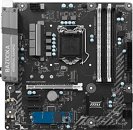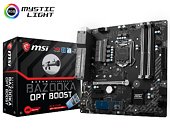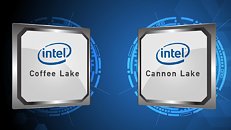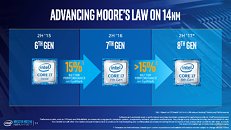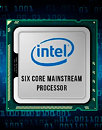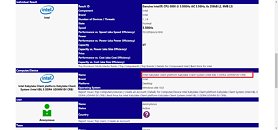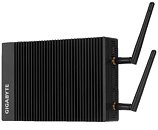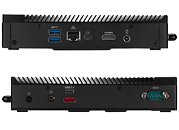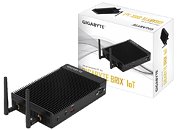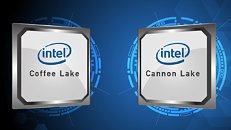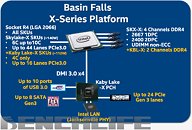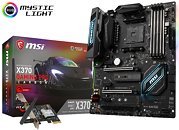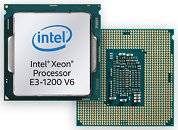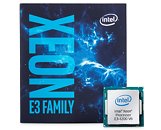
Intel Readies 34 Xeon Gold and Xeon Platinum Processor Models
Intel is preparing a new nomenclature for its Xeon line of enterprise processors based on core counts. The Xeon Bronze-3000 series will consist of chips with less than 10 cores, Xeon Silver-4000 series with 10 to 12 cores, Xeon Gold-6000 series with 14 to 22 cores, and the top-dog Xeon Platinum-8000 series with 24 to 28 cores. The company will address a variety of enterprise workstation and server markets with these chips. All chips in this lineup will be built in the new LGA-2066 package, and the Xeon Bronze and Xeon Silver parts are confirmed to be based on the "Skylake" microarchitecture.
What is also characteristic of these chips is their vast memory controller with six memory channels, and support for three DIMMs per channel. The top-tier Xeon Platinum-8000 series 28-core chip features 1 MB of dedicated L2 cache per core, and 38.5 MB of shared L3 cache. Its TDP is rated at 208W, and it will be built on Intel's 14 nm process. The 28-core parts come with clock speeds under 2.50 GHz. The 34 Xeon Gold and Xeon Platinum series processors Intel plans to launch over the year are tabled below.
What is also characteristic of these chips is their vast memory controller with six memory channels, and support for three DIMMs per channel. The top-tier Xeon Platinum-8000 series 28-core chip features 1 MB of dedicated L2 cache per core, and 38.5 MB of shared L3 cache. Its TDP is rated at 208W, and it will be built on Intel's 14 nm process. The 28-core parts come with clock speeds under 2.50 GHz. The 34 Xeon Gold and Xeon Platinum series processors Intel plans to launch over the year are tabled below.


